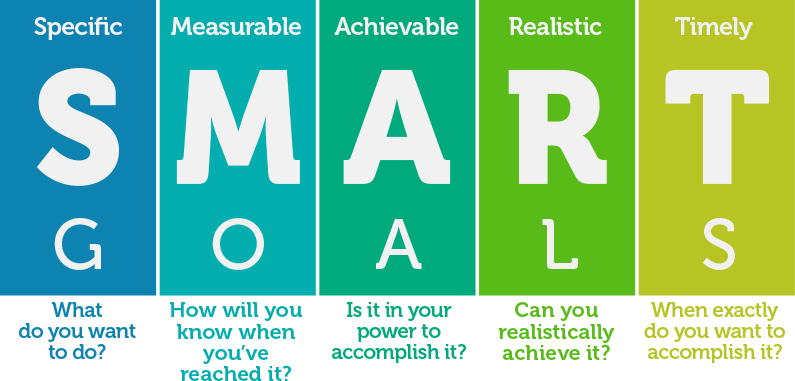New lessons will be posted here if the school moves back to an online only format at any point in the year.
In person lessons occur weekly for 20 minutes in homeroom:
8th Grade: Tuesday at 8am
7th Grade: Thursdays at 8am
6th Grade: Fridays at 8am
In person lessons occur weekly for 20 minutes in homeroom:
8th Grade: Tuesday at 8am
7th Grade: Thursdays at 8am
6th Grade: Fridays at 8am



